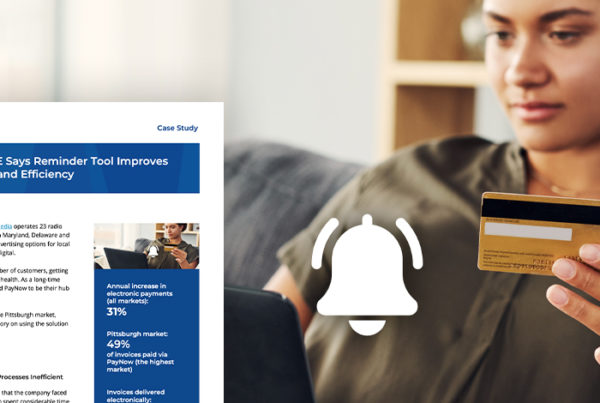Not every ad has the same quality or ability to reach the right audience. In programmatic advertising, trafficking is the placement of the ads, either automated or manual. This part of ad ops involves bidding on available inventory, which is websites where ads can appear based on targeting parameters.
Where those ads end up influences how well they perform. When the choices are low-quality sites, campaign success becomes in jeopardy.
It all goes back to your third-party digital platform and the DSP (demand-side platform) that powers it. Investigating the quality of the DSP is essential in delivering campaigns that meet advertiser goals.
To grow your digital ad revenue, you need the right ecosystem to deliver positive returns for advertisers.
Trafficking and DSPs for Programmatic Advertising
After the campaign proposal and ad execution setup (targeting, geofences, etc.), ads are ready for traffic. Most processes are automated. It’s faster and simpler, although you don’t get to choose the exact sites.
The trafficking part happens through the DSP and its available inventory. Again, not every DSP is equal. There is an abundance of junk sites associated with many DSPs. Some prioritize quantity over quality. They can also be misleading with their “metrics” that require a more robust evaluation.
Components to assess include:
- The diversity of the ad inventory
- Scalability of the inventory to reach specific audiences
- Compliance with any regulatory rules regarding restricted categories (e.g., cannabis, alcohol, political, gambling)
- The types of ad formats it accepts
- How they mitigate ad fraud
- Steps they’re taking to minimize the impact of the deprecation of third-party cookies
What Makes Inventory Low Quality?
How does the industry define low-quality content? There’s no standard, but these are indicators:
- Sites with aggressive pop-ups that create a poor user experience and lead to many accidental clicks
- Clickbait sites
- Sites that aren’t following security and accessibility guidelines
- Those with toxic domain scores, which means they have a negative reputation due to spam or abusive activities
Neither you nor your advertisers want ads serving on sites with these attributes. That’s why it’s crucial to work with a third-party digital partner that connects to DSPs that block these.
Low-Quality Content Impacts Trust, Too
Ads appearing on low-quality sites won’t perform well. The negative return on ad spend also erodes your customers’ trust in you. If your DSP has no guardrails to filter out these sites, you could lose programmatic advertising revenue.
If these concerns sound like your reality, it’s time to reconsider your approach to ad ops.
Strengthen Programmatic Advertising Performance with the Right Platform
The capabilities of your third-party digital platform and its DSP’s quality directly impact performance. Eventually, that trickles down to a loss of revenue. With the right solution, you can see results improve and create confidence with your customers.
It’s time to rethink how you sell and execute programmatic advertising. Learn why all this matters and more by downloading You’re Selling Digital Advertising — Now What? Streamline Operations and Grow Revenue with the Right Digital Ad Execution Framework.






